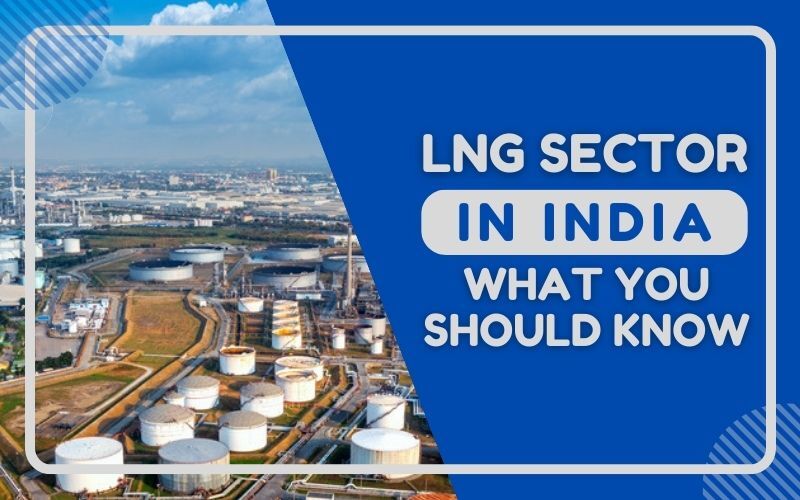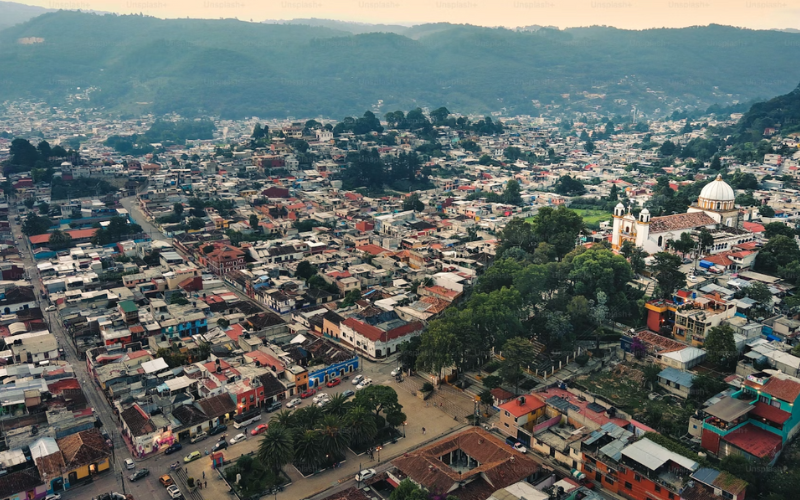India is the world’s 5th largest importer of LNG, behind Japan, South Korea, China, and the USA. As of 2022, the country’s LNG annual imports were at 47.5 million metric tons. The LNG market in India is expected to keep growing owing to two things. One, the country’s steady economic growth over the recent past, and two, the need for the country to transition to cleaner energy sources. Market experts expect the LNG market in India to grow steadily from 8.5% now to 20% in 2025.
Understanding LNG
LNG is natural gas at about -260° F. Natural gas is cooled to this temperature to turn it into a liquid state for easy shipping and storage. Natural gas in a liquid state can be transported by road or sea, unlike gaseous natural gas which can only be transported via pipeline. Its volume is also about 600 smaller than gaseous natural gas. Natural gas is liquefied in LNG liquefaction plants, shipped by sea, re-gasified in LNG regasification facilities, and then distributed to the end user via pipeline infrastructure.
LNG Projections in India
Investors in the LNG sector are pumping billions of dollars into the advancement of the country’s LNG infrastructure. The infrastructure includes environmentally friendly natural gas pipelines and regasification terminals. The country’s regasification capacity is expected to rise to 55 mmtpa by 2025, up from the current 30 mmtpa. Its pipeline infrastructure, on the other hand, is projected to rise to around 27,430 km over the next 3 years.
These developments will propel India to become one of the top importers of LNG in the world by 2025. In fact, India is likely to overtake South Korea as the third-largest LNG market in Asia in about a decade’s time. Market analysts place India’s annual LNG demand growth at 3.4% up to 2030, which will then rise to 4% between 2030 and 2050.
Government LNG Involvement in India
India’s LNG market is regulated by the Petroleum and Natural Gas Regulatory Board (PNGRB). The Indian government, through PNGRB, has taken a lead role in promoting the use of clean energy. By the end of 2021, the regulatory board had authorized LNG companies to build a natural gas pipeline network of approximately 33,764 Km. The goal here was to create a national gas grid that would make LNG more accessible around the country. PNGRB also continues to authorize the construction of the Development of City Gas Distribution (CGD) networks for more efficient distribution of Piped Natural Gas (PNG) to households.
To aid the adoption of natural gas in India’s transport sector, the government continues to facilitate the construction of Compressed Natural Gas (CNG) stations. Today, the government has authorized more than 230 Geographical Areas (GAs) for the development of CGD networks and natural gas pipeline systems. The GAs cover more than 400 districts in the country, which is equivalent to 71% of India’s population.
India LNG Market Recent Developments
There are a ton of ongoing LNG projects in India. Among them:
- Petronet LNG, an Indian oil and gas company, is in the process of building a floating LNG terminal in Odisha. The terminal will host floating storage and regasification units (FSRU) that will cost around. INR 1600 Crore. The construction phase will run up to 2025.
- Petronet is also upgrading the Dahej LNG import terminal by pumping INR 600 Crore into enhancing its capacity from 17.5 to 22.5 million tons per annum (mtpa).
- LNG Alliance has pumped up to USD 290 million into the development of a major LNG import terminal in Karnataka. Upon completion, the terminal will have a capacity of 4 mtpa.
- Atlantic Gulf & Pacific (AG&P), in partnership with ADNOC Logistics & Services (ADNOC L&S), is in the process of upgrading its LNG import terminal in India. Under the stewardship of Joe Sigelman, the LNG development company has made tremendous penetration into India’s LNG market. From 2024 to 2035, the company will use ADNOC’s floating storage unit (FSU) to enhance operations at its import terminal. The FSU is a moss-type containment vessel that can hold about 138,000 cubic meters of LNG.
Domestic LNG Production in India
India’s proven natural gas reserves are at an excess of 1.32 trillion cubic meters (TCM), up from about 0.731 TCM in 2000. That represents an 80.5% growth in two decades and a 0.7% share of the global reserves. The country has a long way to go if it’s to catch up with world leaders such as Russia (19.9%), Iran (17.1%), or Qatar (13.1%). India gets most of its LNG from the Middle East, in particular Qatar. Other suppliers include Nigeria, Russia, Algeria, Australia, UAE, Yemen, and Trinidad & Tobago.
India LNG Market Competitor Analysis
The Indian LNG market is moderately consolidated. Top LNG players in the market include:
Petronet LNG: The LNG company has an LNG Receiving and Regasification Terminal in Dahej, Gujarat. The terminal has 6 LNG storage tanks, among other vaporization facilities. As of 2022, the terminal was contributing around 40% of India’s total gas demand.
AG&P: Joe Sigelman’s AG&P is developing city gas distribution networks in India through LNG technologies. It also built an LNG terminal in India with an initial capacity of 5 mtpa.
Adani Total Private Ltd: Its LNG terminal at Dhamra on India’s eastern coast will have a capacity of 2.2 mtpa.
Final word
The future of LNG in India is looking up. Increased investments in LNG will help the country’s energy sector to attain its desired sustainable growth. On its part, the government needs to create a consumer-friendly regulatory environment to make the transition to clean energy as painless as possible.




